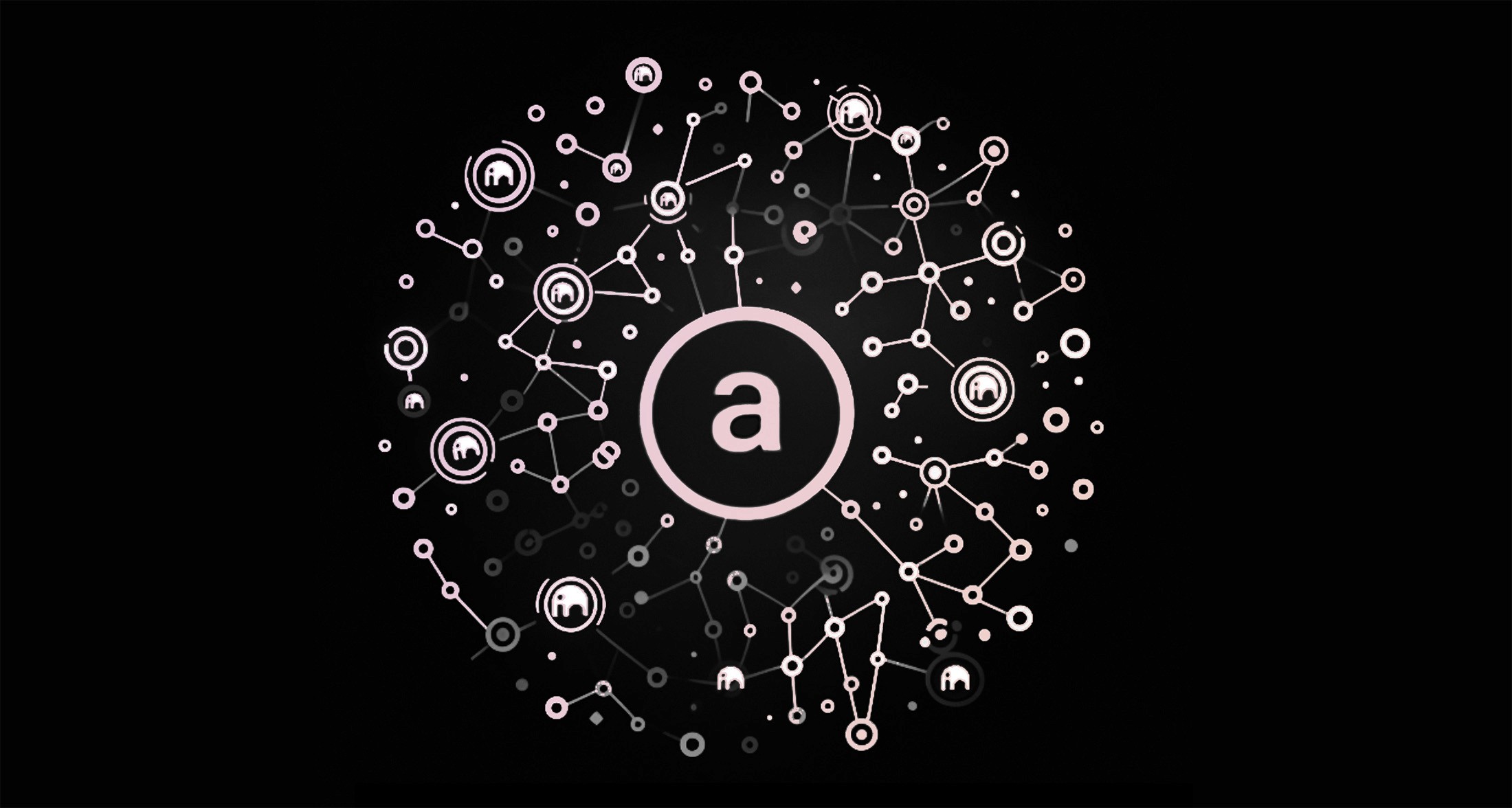Back
Data Availability and the Arweave Ecosystem

What is Data Availability?
With the rise of projects like Celestia, Data Availability (DA) has found the spotlight in web3. As Wikibit observes, DA has become "an integral component of modular blockchain architecture today. Its core function is to ensure that on-chain data is available for all network participants to use and access, thereby reducing costs and scaling the blockchain."
More specifically, DA ensures that all necessary data for validating blockchain transactions was published and can be accessed by participants for state or transaction validation. This involves cryptographic guarantees that the data exists and has been published, allowing network participants to rely on DA proofs without having to download and store all the data themselves.
As more blockchains move from being monolithic (one single chain handles execution, settlement, and consensus) to modular (several L2 chains handle these functions), DA will have even greater prominence.
But while DA is crucial for validating transactions, it does not involve long-term storage or archiving of data.
Introducing Arweave
Arweave is a decentralized storage network designed for long-term, permanent data storage. Founded in 2018, it already indexes 7 billion pages on its permaweb, which is equivalent to 15% of the indexed pages on the internet.
Unlike DA, Arweave does not provide cryptographic guarantees about the immediate availability of data for validation purposes. But it does offer decentralized, immutable data storage on a pay-once, store-forever basis.
Therefore, Arweave can complement DA systems by providing a solution for archiving data indefinitely. Instead of purging data after the attestation period, a DA system can archive its data to Arweave, ensuring that it remains accessible and unaltered over time.
In other words, Arweave is not a DA layer and does not provide DA proofs, but it can complement DA systems by offering reliable, long-term storage for data that needs to be archived post-validation.
To sum up: DA doesn't do archival data storage, but Arweave does - so data for DA proofs can remain retrievable indefinitely.
How AR.IO Fits In
AR.IO acts as a gateway to make it easier to interact and retrieve data from Arweave.
Arweave nodes only provide low level access to data. AR.IO provides nodes that write data to Arweave and facilitate its retrieval, simplifying the process of data in a performant way. In addition, AR.IO gateways can incorporate bundles, which consolidate hundreds or thousands of files into a single transaction on Arweave.
This integration between Arweave and AR.IO ensures seamless storage and retrieval processes for data that needs to be maintained long-term.

Why DA and Arweave Are Important Together
Data Availability systems and Arweave serve different but complementary purposes:
Data Availability (DA): Ensures that all relevant data was published and accessible for validation. However, DA systems typically lack long-term storage for this data.
Arweave: Focuses on archiving data indefinitely, providing a solution for long-term data storage. It does not provide DA proofs but ensures that archived data remains unchanged and accessible.
By combining DA with Arweave, we can ensure that data not only meets the requirements for validation, but is also preserved for future access.
Conclusion
Data Availability should be built upon data that is always available. AR.IO and Arweave together provide a robust solution for decentralized applications that require both immediate data availability for validation and long-term data storage.
This combination ensures that data is available when needed and preserved for future use, making it an ideal solution for applications that rely on critical data storage and retrieval.

ar.io